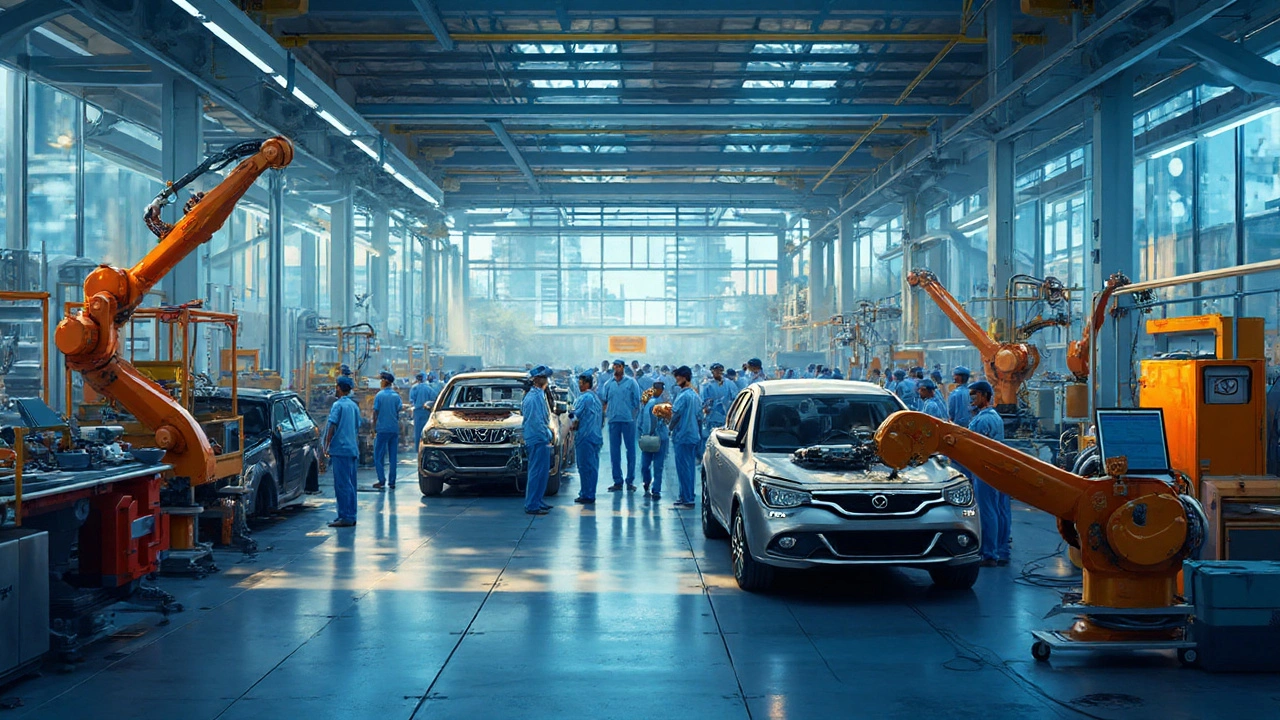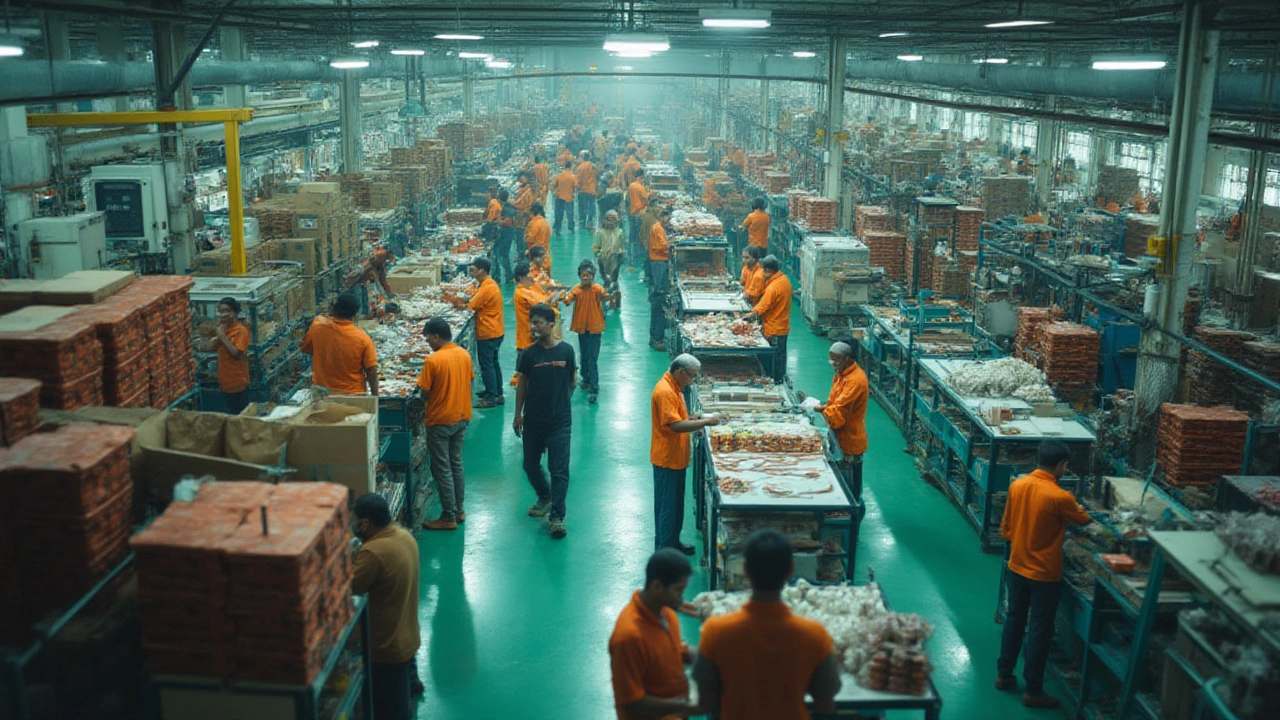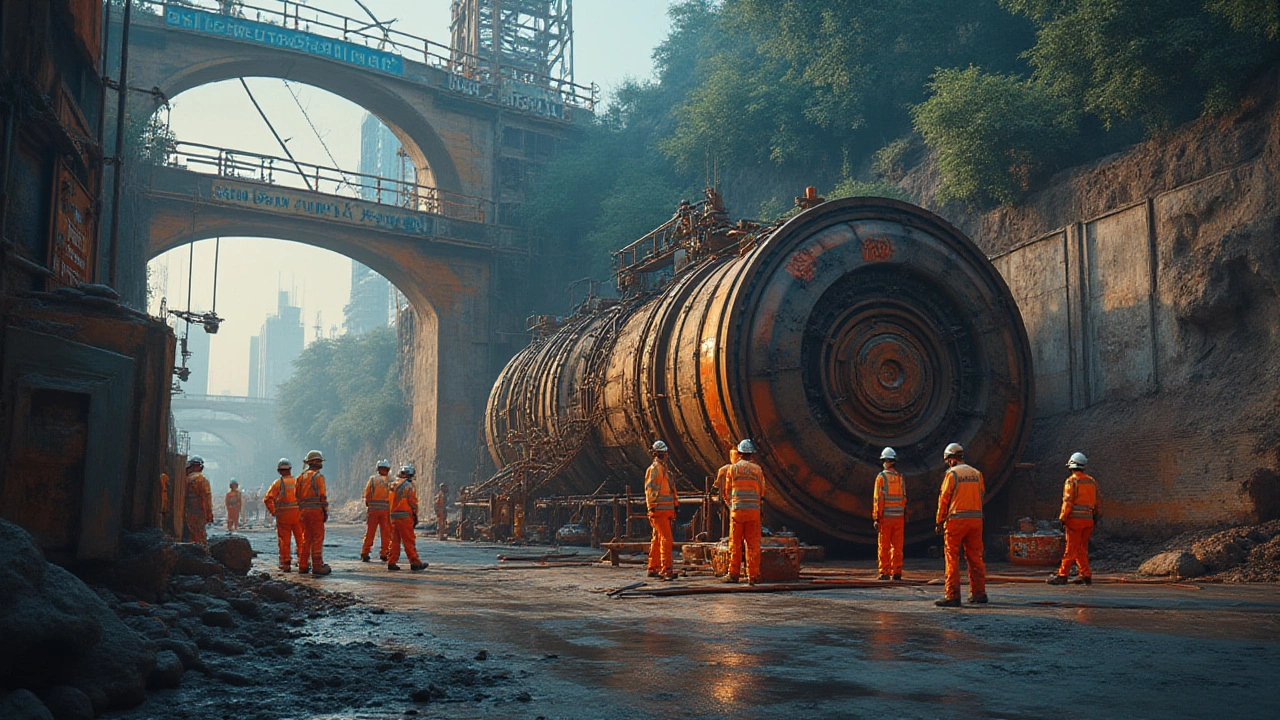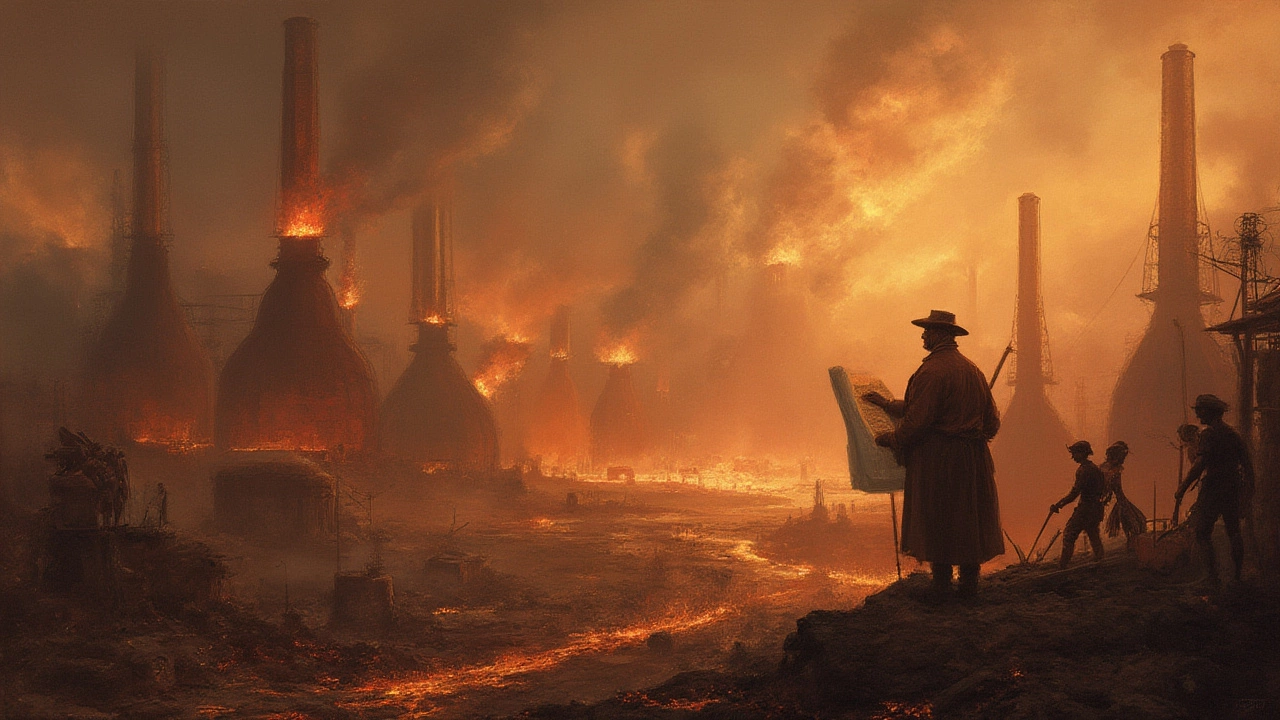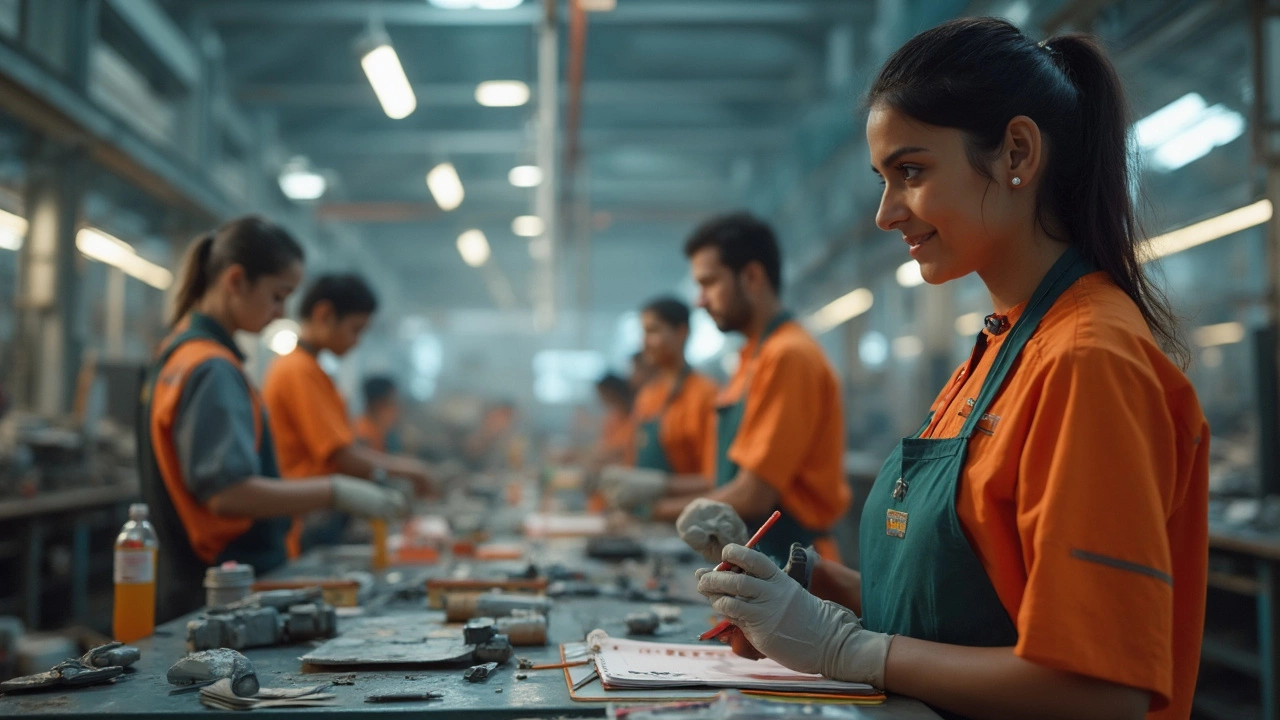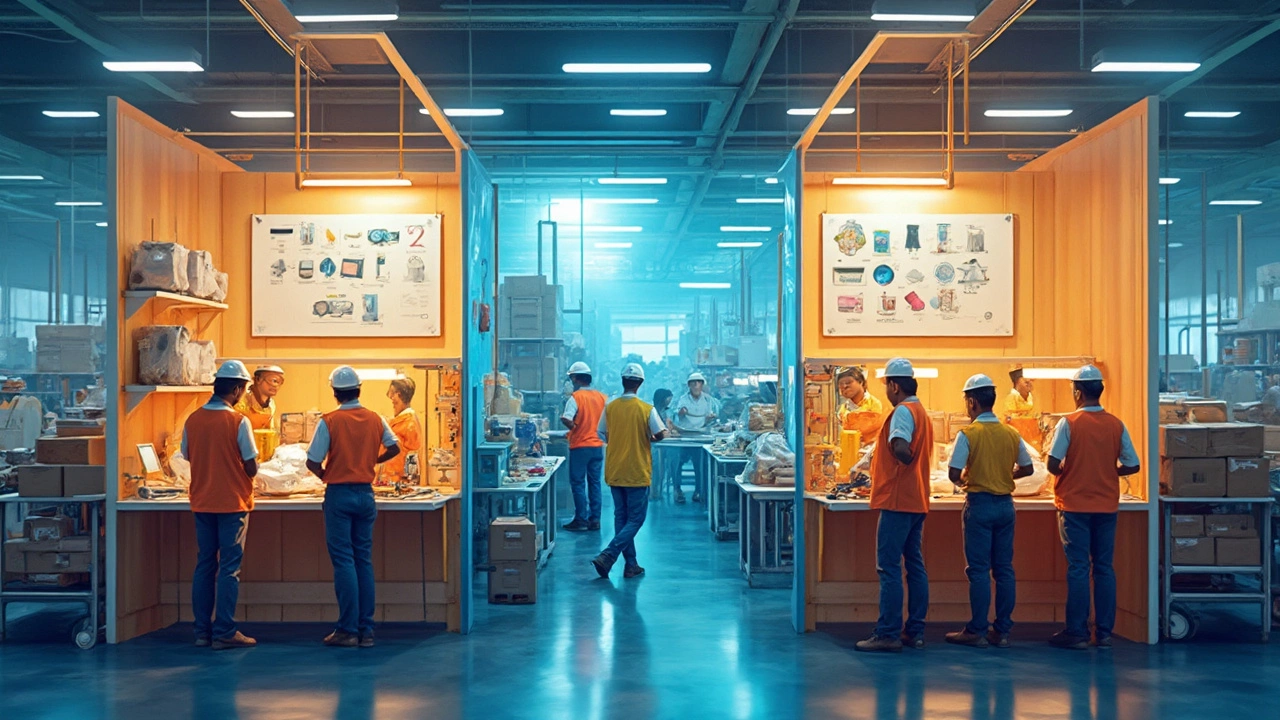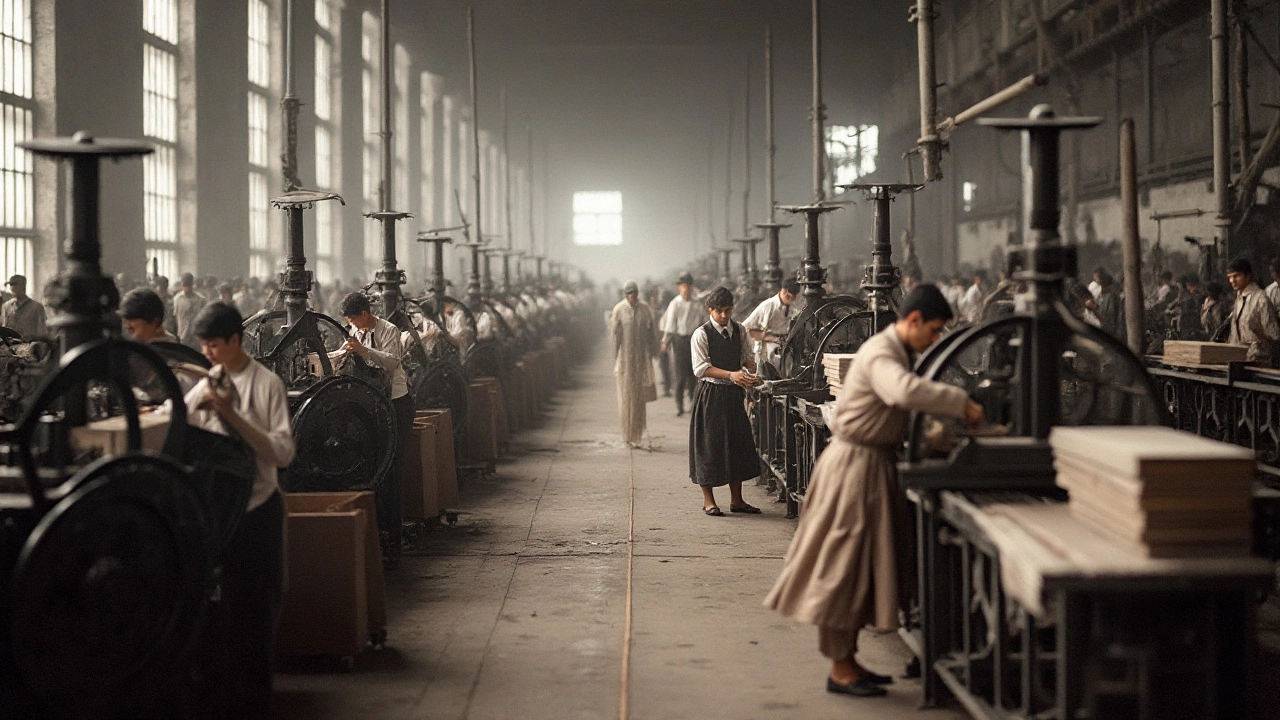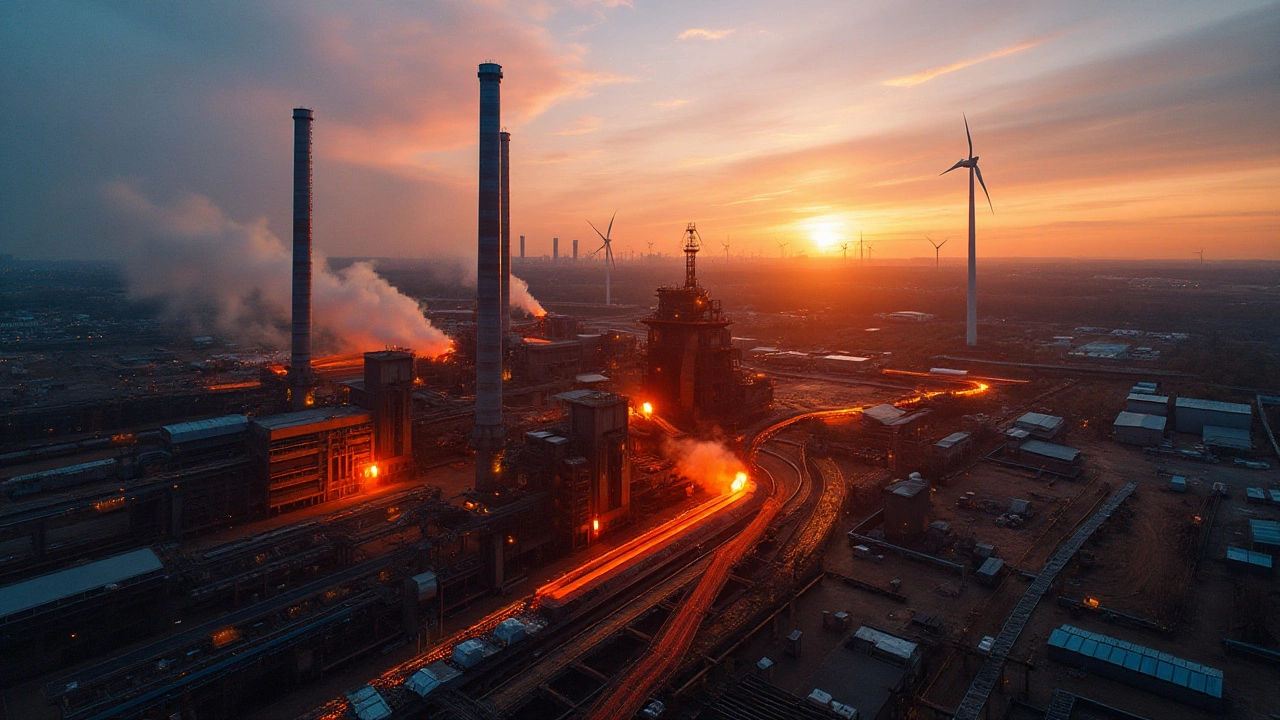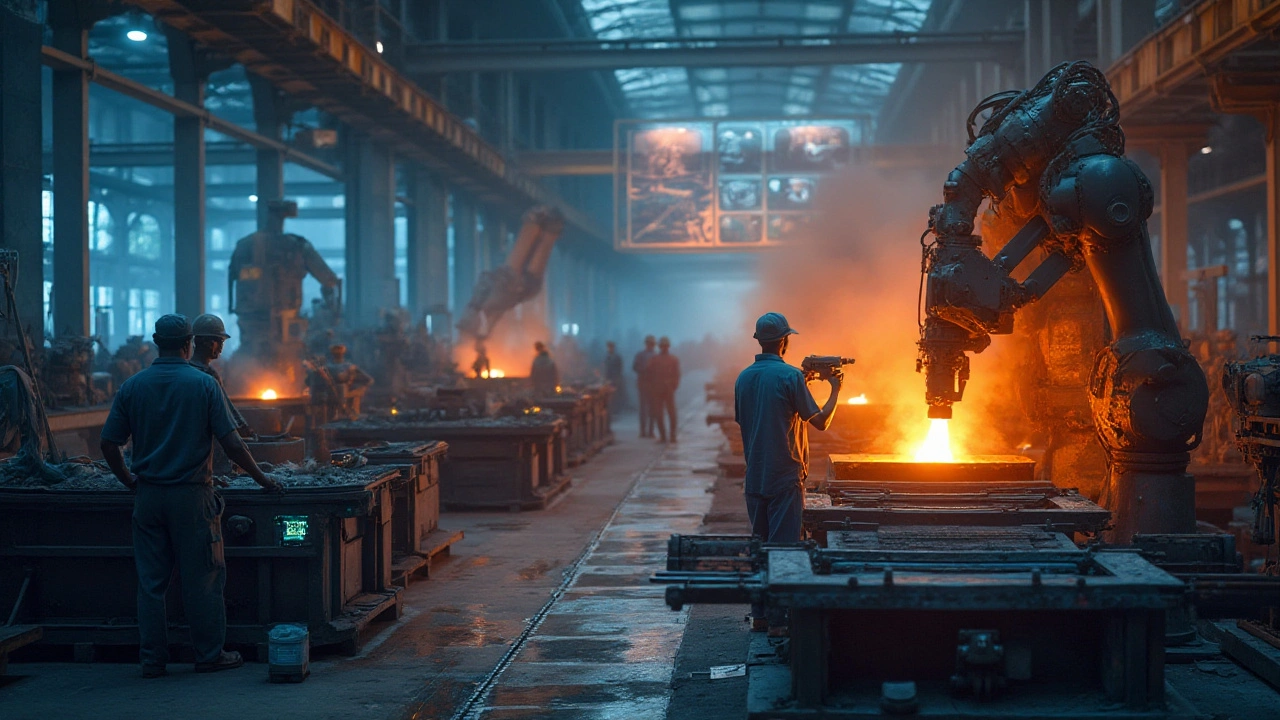Manufacturing Industry: Trends, Tips, and Types Explained
Welcome to the hub where you can actually understand what’s happening in manufacturing today. Whether you’re a plant manager, a student, or just curious, the info below will help you see the big picture and act on it.
Top Trends Shaping Indian Manufacturing
India’s factories are moving fast. One big shift is the focus on lean principles – cutting waste, improving flow, and boosting profit. The article “7 Wastes of Manufacturing” breaks down exactly what to look for and how to fix it.
Another hot topic is the rise of advanced air‑control solutions. Our own expertise at Blue D Air Control shows how better ventilation and pressure management can lower energy use and keep workers safe.
Exports still drive growth. “What Does India Mainly Manufacture?” dives into the sectors that dominate – autos in Mumbai, textiles in Gujarat, and more – giving you a snapshot of where demand lives.
Companies are also rethinking their internal structure. The post “What Department Is Manufacturing Under?” explains why some firms place manufacturing under operations, while others treat it as a separate unit. Knowing the hierarchy helps you navigate corporate decisions.
Understanding the Three Main Manufacturer Types
When you hear OEM, ODM, or contract manufacturer, it can feel like alphabet soup. The guide “3 Types of Manufacturers” clears it up. An OEM builds products to a brand’s specifications, an ODM designs and produces ready‑to‑sell items, and a contract manufacturer handles production without owning the brand.
Pick the right partner based on your needs. If you have a solid design and want brand control, look for an OEM. If you need a quick market entry with minimal R&D, an ODM may fit. For large‑scale, cost‑focused runs, contract manufacturers are the go‑to.
Real‑world examples in the article show how big brands decide which path to take. It’s not just theory – you can apply these insights to your next product launch.
Beyond these basics, the category also covers niche topics like tunnel construction companies, steel industry legacies, and the environmental impact of plastic waste. Each post adds a piece to the overall puzzle of what makes manufacturing tick in India and abroad.
Bottom line: stay aware of lean waste reduction, understand export drivers, know where manufacturing sits in your organization, and pick the right type of partner. Apply these tips, and you’ll move from “just manufacturing” to truly mastering the industry.

Largest US Manufacturer 2025: Who Leads the Market?
Discover who tops the list as the biggest manufacturer in the United States, how rankings are calculated, and the government programs that amplify scale.

What Does India Mainly Manufacture? Top Industries, Products, and Exports Explained
Explore what India mainly manufactures—discover its biggest industries, products, and exports. Learn about Mumbai's auto factories, Gujarat's textiles, and much more.

What Department Is Manufacturing Under? Roles, Structure, and Real Company Setups
Curious if manufacturing falls under operations, production, or something else? Discover how companies place manufacturing, who manages it, and why it matters.

7 Wastes of Manufacturing: Lean Principles & Practical Solutions
Learn about the 7 wastes of manufacturing, find out what they are, why they matter, and discover real tips on how to spot and reduce them for better profits.

Top Tunnel Construction Companies in India: Leaders in Tunnel Engineering
Uncover which companies are building tunnels in India, who leads the industry, and fascinating details behind tunnel engineering and infrastructure projects.

Who Is the Father of the Steel Industry? The Untold Legacy of Andrew Carnegie
Who shaped steel as we know it? Dive into Andrew Carnegie’s dramatic rise, iron secrets, and sometimes dark side to discover how steel changed the world.

Mom Method: Simple Steps to Smarter Manufacturing
Discover how the mom method of manufacturing transforms production with practical steps and real-life results. Learn what really works.

3 Types of Manufacturers: How Each Impacts Top Manufacturing Companies
Confused about what makes manufacturers different? This guide breaks down the three main types—OEMs, ODMs, and Contract Manufacturers. Find out how each one operates, what sets them apart, and why the biggest brands pick one over the others. Real-world examples make it all easy to get. You’ll pick up practical tips to spot the right manufacturer for any product idea.

Top Plastic Waste Producers and Their Environmental Impact
Plastic waste is a burgeoning global issue, with specific manufacturing companies contributing significantly to this problem. The environmental and ecological effects of plastic production and disposal are increasingly concerning. Understanding which companies are leading in plastic waste production can help in advocating for better practices and policies. This discussion delves into the major plastic producers and their responsibilities towards reducing waste.

The Economic Impact of the Factory System on Manufacturing
The factory system revolutionized manufacturing by introducing mass production and improving efficiency, leading to significant economic advantages. This article explores how the system's centralization of production processes reduced costs and increased output, transforming industries during the Industrial Revolution. Key aspects include the establishment of organized labor, technological advancements, and streamlined operations that paved the way for modern industrial practices. The narrative also showcases remarkable historical shifts and their implications for contemporary manufacturing.

American Steel Production: A Resilient Industry on the Rise
American steel production remains a vital component of the country's industrial backbone. Although the industry has faced challenges, including international competition, it has adapted through innovation and sustainability efforts. This article explores the current state of steel manufacturing in the USA, offering insights into key players, technological advancements, and the future of the industry. Discover how American steel makers are balancing economic pressures with environmental responsibilities to maintain their competitive edge.

The Emerging Future of Steel: Innovations and Developments
As the world continues to industrialize and innovate, the demand for steel is undergoing significant changes. This article explores the evolving role of steel in the future, particularly how advancements in manufacturing processes are shaping its potential. Discover the revolutionary materials and technologies that promise to redefine steel's place in the industrial world. By looking at current trends and future predictions, we gain insight into how these transformations will impact both industrialists and everyday consumers.

